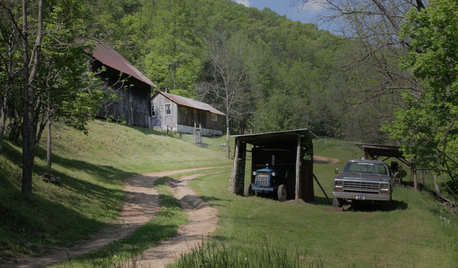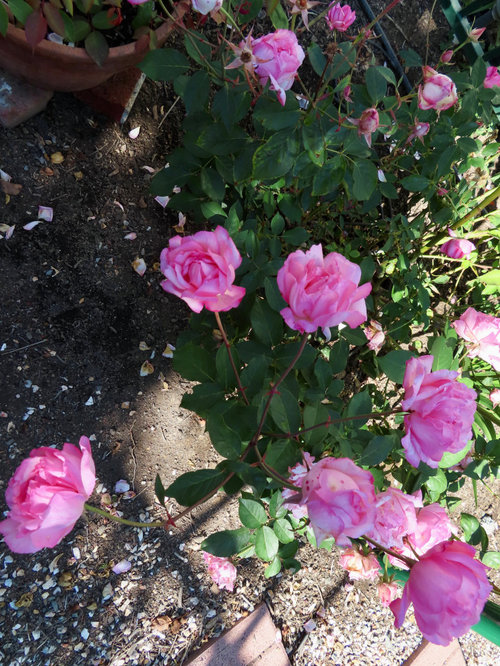Giving up on mystery "might be true Bloomfield Abundance"
jacqueline9CA
6 months ago
Featured Answer
Sort by:Oldest
Comments (12)
stillanntn6b
6 months agojacqueline9CA
6 months agoRelated Professionals
Cliffside Park Landscape Contractors · Desert Hot Springs Landscape Contractors · Hickory Hills Landscape Contractors · Indio Landscape Contractors · Shirley Landscape Contractors · Redan Swimming Pool Builders · Derry Landscape Architects & Landscape Designers · West Milford Landscape Architects & Landscape Designers · Milwaukee Landscape Architects & Landscape Designers · Lorain Landscape Contractors · Mount Sinai Landscape Contractors · Point Pleasant Landscape Contractors · Royal Oak Landscape Contractors · Saint Paul Landscape Contractors · Uxbridge Landscape Contractorsjacqueline9CA
6 months agostillanntn6b
6 months agoroseseek
6 months agojacqueline9CA
6 months agobart bart
6 months agoRosefolly
6 months agojacqueline9CA
6 months agoingrid_vc zone 10 San Diego County
5 months agojacqueline9CA
5 months ago
Related Stories

DECORATING GUIDESDesign Mystery: Why Do Pineapples Sprout Up in Home Design?
Early Americans were bananas about pineapples — and we’re still reaping the benefits of the sweet fruit’s symbolism today
Full Story
DECORATING GUIDESBring in da Funk: How Humble Touches Give a Home Soul
Shake up expectations and stir up interest with pieces that show patina, create contrast or offer a jolt of surprise
Full Story
MOST POPULARThe Polite House: On ‘No Shoes’ Rules and Breaking Up With Contractors
Emily Post’s great-great-granddaughter gives us advice on no-shoes policies and how to graciously decline a contractor’s bid
Full Story
TASTEMAKERSNew Series to Give a Glimpse of Life ‘Unplugged’
See what happens when city dwellers relocate to off-the-grid homes in a new show premiering July 29. Tell us: Could you pack up urban life?
Full Story
TRANSITIONAL HOMESHouzz Tour: Upping the Sophistication in a Charming Tudor
A mostly white palette, more open layout and new family room take a California cottage’s interiors from stock to chic
Full Story
BOOKSCan Tidying Up Result in Life-Changing Magic?
Organizing phenom Marie Kondo promises big results — if you embrace enormous changes and tough choices
Full Story
COLORNot a Fan of Purple? These 7 Shades Might Change Your Mind
Ultraviolet isn’t the only way to go. These subtle variations can bring elegance and style to your home
Full Story
DECLUTTERINGShed Winter Clutter to Lighten Up Your Home for Warmer Days
Take a fresh approach to spring cleaning with these 6 ways to declutter cold-weather items
Full Story
MOST POPULARTrending: 13 Warm, Inviting Kitchens You’d Want to Wake Up To
Some of the most popular kitchen photos uploaded to Houzz in summer 2018 offer a recipe for creating a welcoming design
Full Story
HOUSEKEEPING10 Things Neat Freaks Know to Be True
Do you err on the incredibly tidy side? Then you probably already live by these nuggets of neat wisdom
Full StoryMore Discussions












jacqueline9CAOriginal Author